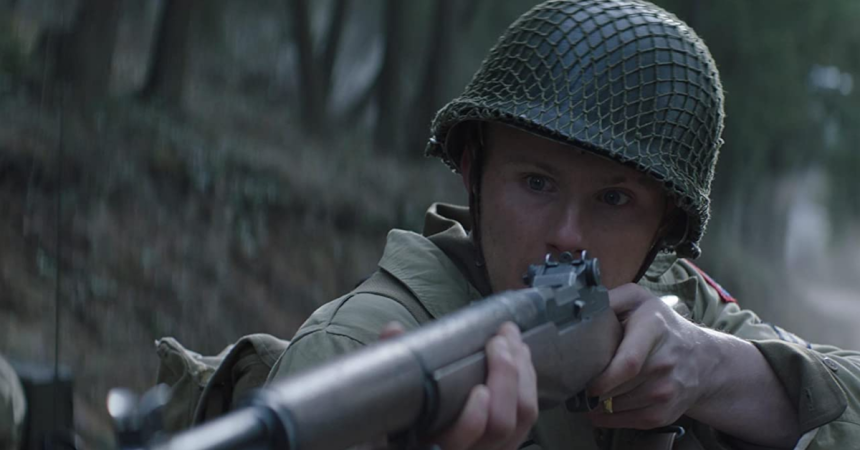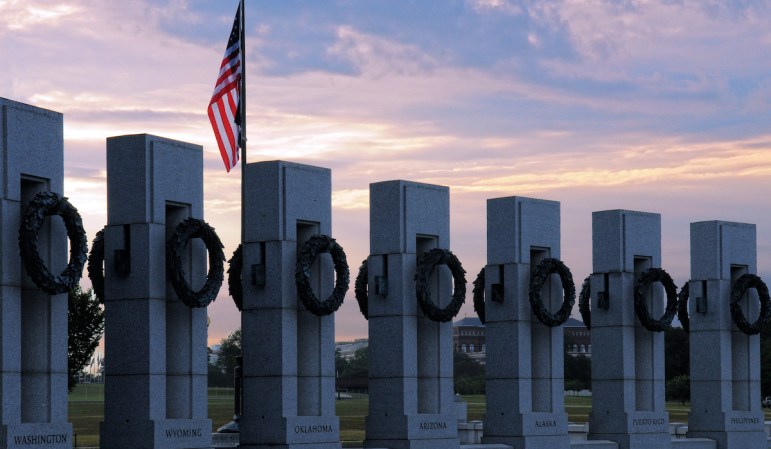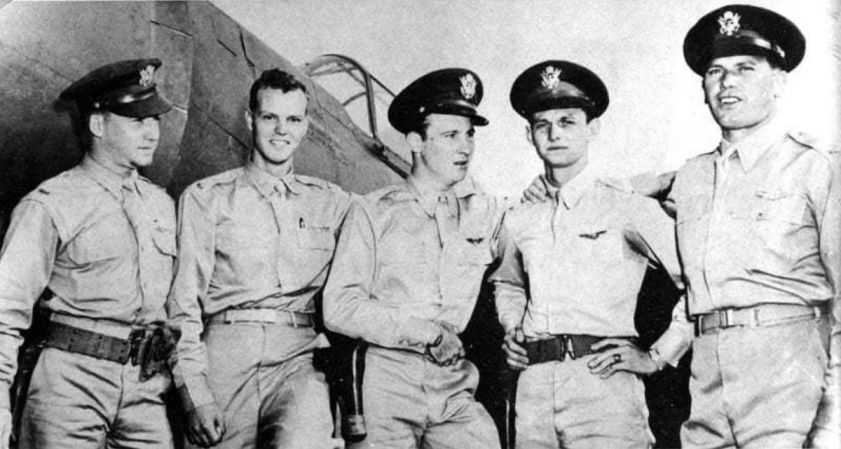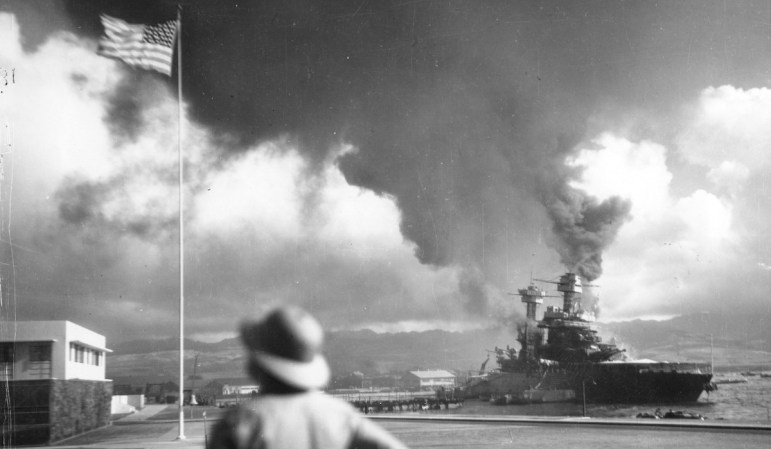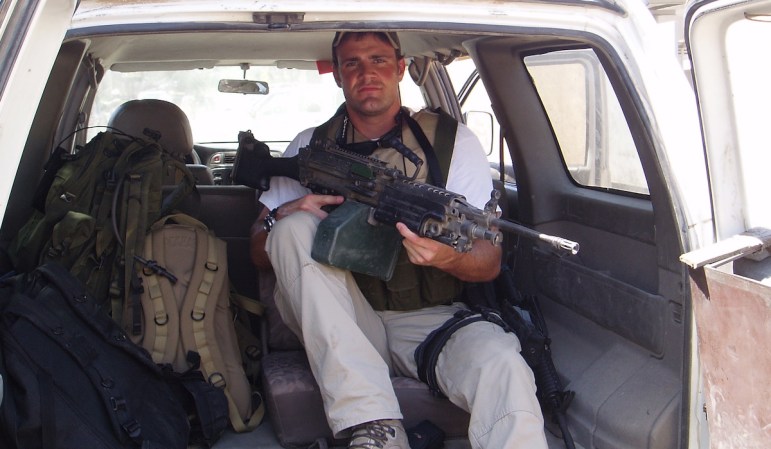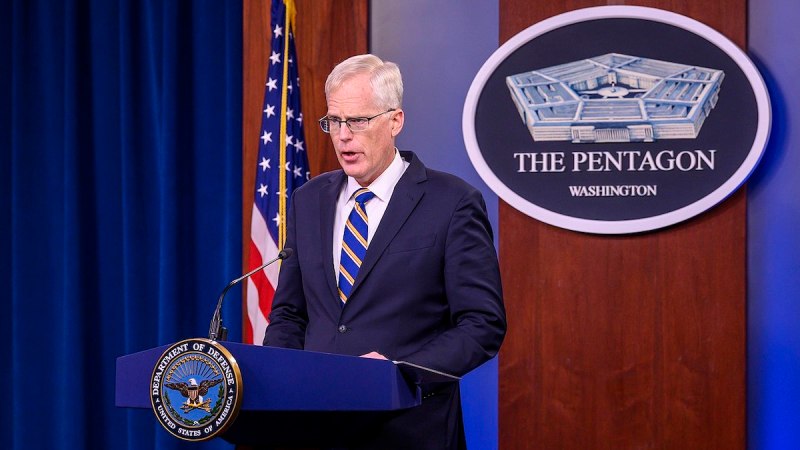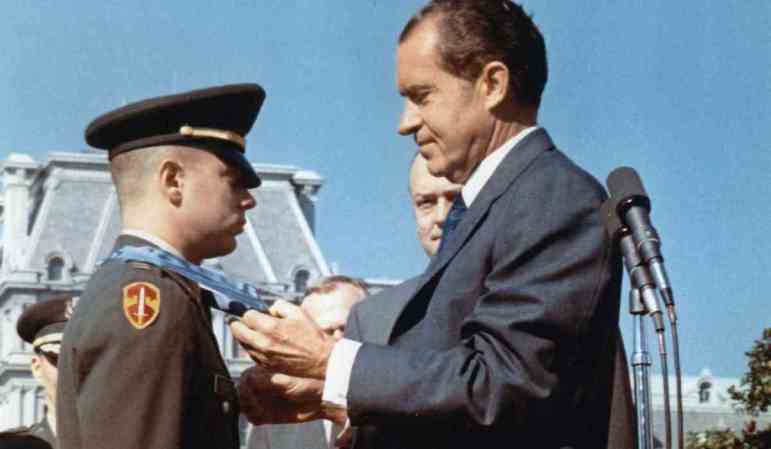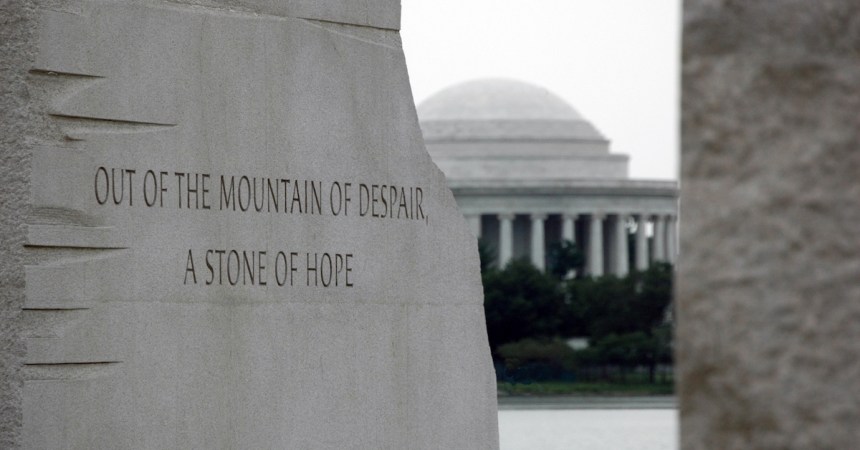During the famed and perilous evacuation of Dunkirk in World War II, brave pilots, sailors, and citizens fought tooth and nail to rescue soldiers trapped on the French beach from the German Luftwaffe as it attempted to wipe them out.
One of the pilots, Squadron Leader Geoffrey Stephenson, was shot down in a Spitfire MK1 N3200 on May 26, 1940, the opening hours of Operation Dynamo. Stephenson spent most of the war as a prisoner of the Germans, eventually staying at the famous Colditz Castle after numerous escape attempts from other prisons.

But his aircraft, hit through the radiator and with other damage to the body, was left on the beach near Calais, France. The Spitfire plane became a popular photo destination for German soldiers who would often take small parts of the aircraft with them as souvenirs.
By the time the Allies liberated Calais in 1944, no one was too worried about digging what scrap remained out of the beach. And so the plane continued to sit, slowly becoming more and more buried by the mud and sand on the beach.

It wasn’t until 1986, over 40 years after the war ended, that the plane was recovered — and it wasn’t until the new millennium that someone decided to actually restore the old bird.
Thomas Kaplan, an American investor and philanthropist, backed the 14-year restoration project and gifted the plane, now back in flying condition, to the Imperial War Museum.
Now the plane is housed at the same hangar on the same base that it flew from that fateful day in 1940, but it has a much different mission. It serves as a flying history exhibit for the museum, soaring over air shows and allowing visitors to hear what the original Spitfires sounded like in combat.
Learn more about the history of the plane and see it in flight in the video below:




